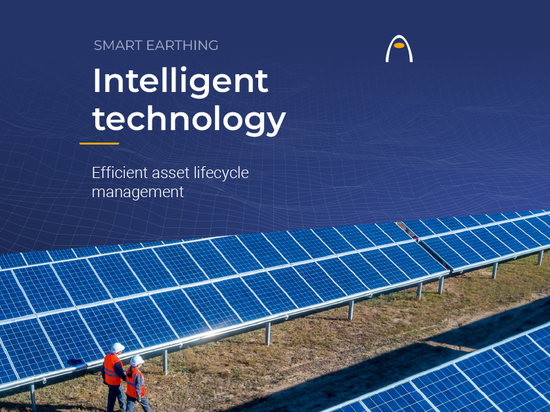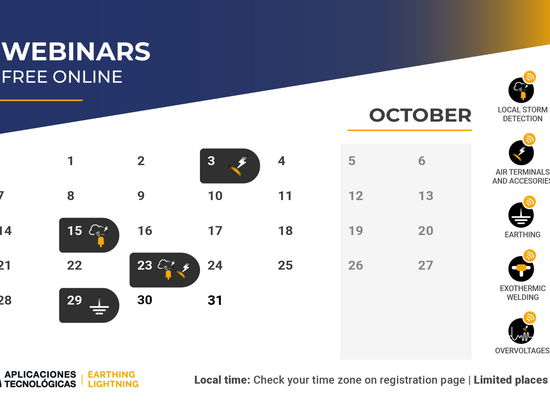
#Industry News
How does a lightning rod work?
How does a lightning rod work?
The lightning rod is a device designed to protect buildings and other structures from the destructive effects of lightning. Its operation is based on the physical principles of electricity and the behaviour of the electric field around tall structures.
Everyone knows what a lightning rod is or its function as a lightning protection device. It is also the main element in lightning protection systems that help to protect structures from the destructive effects of this atmospheric phenomenon. However, despite recognising its importance, do we know how a lightning conductor works?
How does a lightning rod work?
To fulfil its function, the lightning rod must always be installed above the highest point of the building or structure to be protected, capturing and safely channelling the lightning discharge to the ground.
To be able to capture this discharge, lightning conductors are equipped with both a tip and a metal body. Both elements are connected via a conductive network to a low-impedance grounding system (less than 10 Ω), which is where the lightning energy is safely dissipated.
During a thunderstorm, a high voltage is generated between the cloud and the ground due to the abundance of electrical charges at the base of the cloud and on the ground. This voltage is the trigger for the downward lightning leader. The extremely high electric field E (kV/m) in this area causes a circulation of upward electric charges of opposite sign through the lightning rod body, creating an upward tracer. These charges will meet and recombine with the downward leader, capturing it and discharging it to earth.
Therefore, the lightning attraction by the lightning rod is based on:
Electric field concentration: The sharp tip of the lightning rod concentrates the electric field at its tip, creating an area with higher electric potential than the surrounding areas.
The ionisation of the air: The tip of the lightning rod ionises the air around it, creating a conductive channel for the lightning discharge. Ionised air has lower electrical resistance, facilitating the flow of electric current.
What types of lightning rods are there?
1. Franklin rods and meshed conductors . Spike and grid collection systems work by distributing and dissipating the lightning discharge current through a network of conductors. The cross-sections and materials used must comply with the specifications laid down in the relevant standards (IEC/EN 62305 series and IEC/EN 62561 series).
2. Early Streamer Emission (ESE) air terminals. The Early Streamer Emission (ESE) air terminal is a type of lightning rod whose operation is based on the electrical characteristics of the lightning formation. The lightning starts with a downward tracer that can propagate in any direction. When this tracer approaches objects on the ground, any of them can be struck. Lightning rods with an ignition device are distinguished by emitting a continuous upward tracer before any other object within their protection radius. The arrester must be the controlled impact point of the discharge, providing the lightning current with a path to the ground without damaging the structure. The main standards that regulate these lightning protection systems are UNE 21186, NFC 17-102 and NP 4426.
The protection radius of an ESE lightning rod depends on its advance time, the Protection Level of the structure it protects and its height above the point to be protected. According to the standards, the longest advance time that can be applied is 60 microseconds. Lightning rods with this time can protect more than 100 metres, although this always depends on the Protection Level and the height.
How does a lightning rod work? – Complete protection system
Within the explanation of how a lightning rod works, we have to take into account that by itself, the lightning rod does not protect a structure. To function correctly, in addition to a project carried out by experts, a lightning protection system (LPS) must include the following elements:
Lightning arrester system (lightning arrester with a priming device (PDC) or a single point).
Down conductors
Earthing system
Surge protection
Other measures to minimise the destructive effects of lightning (equipotential bonding, shielding, etc.).
How to know if I should install a lightning arrester
After knowing how a lightning conductor works, if you have doubts about whether or not you should install one, Aplicaciones Tecnológicas S.A. can carry out a study based on the standards and your specific needs. You can contact our technicians by clicking here.
If you wish, you can also attend any of our free online training courses on lightning protection on our webinar page.






